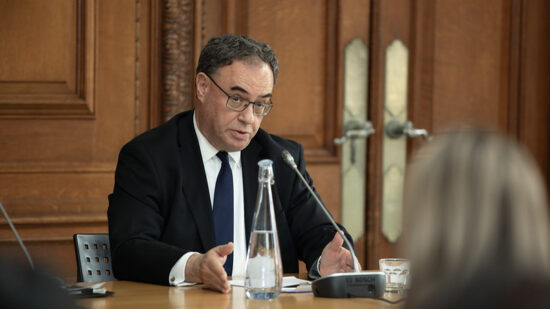European-domiciled equity funds experienced net outflows throughout Europe in April, while fixed income attracted €25.7bn, marking 17 of the past 18 months with positive flows to the asset class, according to Morningstar’s asset flow commentary.
While equities experienced €1.8bn in outflows as a whole, passive equities brought in €8.4bn. Active equities in turn dropped €10.3bn. This pattern did not hold true for fixed income, however. While passive bond funds grew by €8.3bn, active bond funds pulled in over double, at €17.4bn.
Antje Schiffler, editor at Morningstar, said: “April was a positive month for the European asset-management industry, driven solely by continued appetite for fixed-income funds, as investors navigate news that the long-awaited rate cut in the US is likely to be postponed to later in the year. In total, investors poured EUR 11.7 billion into long-term Europe-domiciled funds in April and EUR 67.1 billion year to date.”
“The timing of rate cuts remained the market’s focus. The Swiss National Bank and Swedish Riksbank were the first Western central banks to cut rates, and the European Central Bank is likely to follow suit at its next meeting on June 6. A rate cut from the Bank of England in June is also on the table.”
Sustainable investing felt a downtick of interest across both Article 8 and Article 9 funds throughout April. While Article 8 funds saw positive flows for the first three months of the year, it lost €4.6bn in April. Article 9 funds, which had already been on a downward trajectory this year, bled an additional €2.9bn in April, bringing its total loss for the year to €7.2bn.
“From an organic growth perspective, Article 8 funds showed a negative 0.08% organic growth rate for April,” Schiffler said.
“On the other hand, products falling in the Article 9 group saw a negative 0.88% organic growth rate over the same period. Meanwhile, funds not considered to be Article 8 or Article 9 according to the SFDR showed positive average organic growth rates in April.”
By category, global large-cap blend equity continued its lead from March with net flows of €8.2bn. Others followed at a far distance, with fixed-term bonds attracting €3.5bn and global bonds with €3.2bn.
“These bonds have attracted net inflows since April 2022 as investors continue to be timid about taking market risks: Such fund portfolios carry bonds whose expiry date is aligned with the fund’s target maturity date. As such, these strategies are insulated from the market’s ups and downs,” Schiffler said.
Commodities felt the largest outflows, losing a record €4bn since Morningstar’s investment flow data collection began. Global large-cap growth equity dropped €1.9bn and Europe large-cap blend equity lost €1.6bn.
“Precious metals—gold, specifically—was the category that saw the largest outflows in April. The gold price hit an all-time high (in euros) last month, and global investors in physical gold ETCs took massive profits, redeeming as much as $4 billion,” Schiffler said.
iShares, Vanguard, and BlackRock accumulated the most throughout April, with €5.5bn, €4.8bn, and €3bn in inflows, respectively. Eurizon, Credit Suisse, and UBS felt the largest outflows, with €2.6bn, €2bn, and €1.6bn, respectively.







